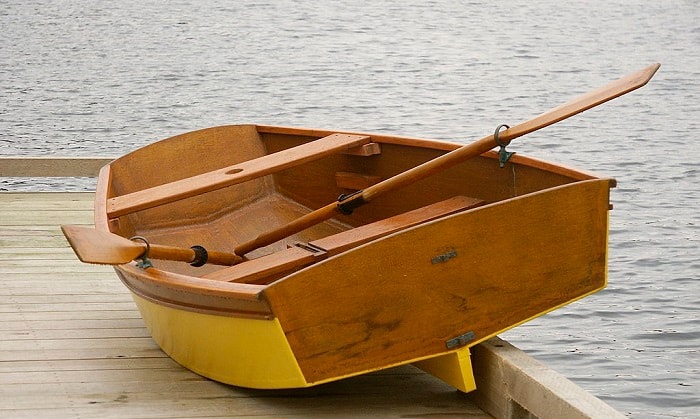
Beyond the Blueprint: Unveiling Hidden Gems in Downloadable Boat Plans
Building a boat from scratch is a monumental undertaking, a blend of artistry, engineering, and sheer grit. While countless resources offer boat plans, navigating the nuances and uncovering less-discussed aspects can be challenging. This article delves beyond the typical "how-to" and explores often-overlooked factors, offering fresh perspectives for hobbyists, professionals, and anyone dreaming of crafting their own vessel.
The Unsung Hero: Material Selection Beyond the Plan
Most downloaded boat plans specify materials, but rarely delve into the *why* behind those choices. Understanding the subtle impact of different wood types, fiberglass resins, or even fasteners is crucial for achieving optimal performance and longevity.
Q: How can I choose the "best" wood for my boat project beyond simply following the plan?
A: Consider environmental factors. A plan might specify cedar, but locally-sourced, sustainably harvested pine might be stronger and more readily available, impacting both cost and environmental impact. Research the properties of various woods â€" their resistance to rot, flexibility, and weight â€" to make informed decisions that align with your project’s needs and your environmental ethics. Websites like the Wood Database offer invaluable comparative data.
Q: What are some lesser-known factors to consider when choosing fiberglass resins?
A: Beyond strength and flexibility, consider UV resistance. Resins degrade under prolonged sun exposure, affecting the boat’s longevity. Research resins with added UV inhibitors for extended lifespan, especially for boats exposed to harsh sunlight. Similarly, the viscosity and curing time of the resin should be tailored to your working conditions and project scale.
Beyond the Lines: Adapting Plans to Your Skillset and Resources
Downloaded boat plans are templates, not rigid blueprints. Flexibility is key. Many plans assume a certain level of woodworking expertise. What happens if your skills don’t quite match?
Real Story: The "Simplified Sailboat"
A friend, a talented but less-experienced woodworker, downloaded plans for a beautiful but complex sailboat. He wisely simplified the design. He substituted complex joinery with simpler techniques, sacrificing some aesthetic elements for practicality. The result? A functional, seaworthy boat built within his skill range, a testament to adaptable planning.
Q: How can I modify plans to suit my skill level?
A: Start by honestly assessing your abilities. Are you comfortable with intricate joinery? If not, simplify the design. Consider substituting complex curves with simpler shapes, or using readily-available pre-fabricated components. Online forums and woodworking communities can offer invaluable advice and alternative construction methods.
The Unspoken Costs: Beyond the Material Budget
Downloaded plans often focus on material costs, neglecting other significant expenses. This oversight can lead to budget overruns and project delays.
Q: What hidden costs should I budget for when building a boat from downloaded plans?
A: Consider the cost of tools and equipment. You might need specialized tools that you may need to rent or purchase, adding to your expenses. Factor in consumables like sandpaper, glue, and finishing materials. Account for unforeseen expensesâ€" those unexpected issues that arise during the construction process. Finally, allocate time for the project. Your time is valuable, and accurately assessing the time commitment is crucial for project success and managing expectations. Research similar projects to get a realistic estimate.
Building a boat from downloaded plans is an enriching experience. By understanding the nuances beyond the blueprint and adopting a flexible, resourceful approach, you can transform a simple set of plans into a truly unique and rewarding project.
























